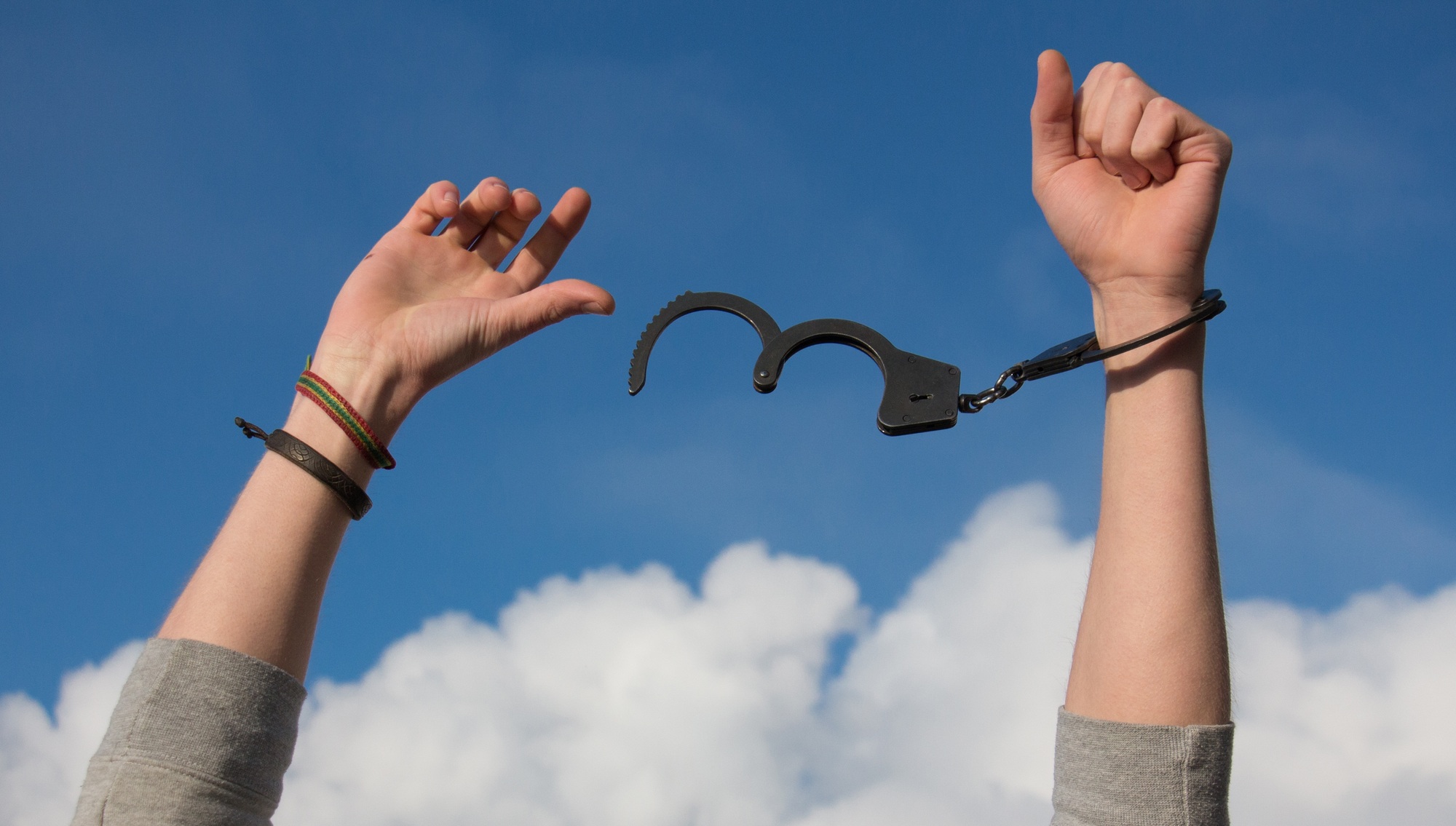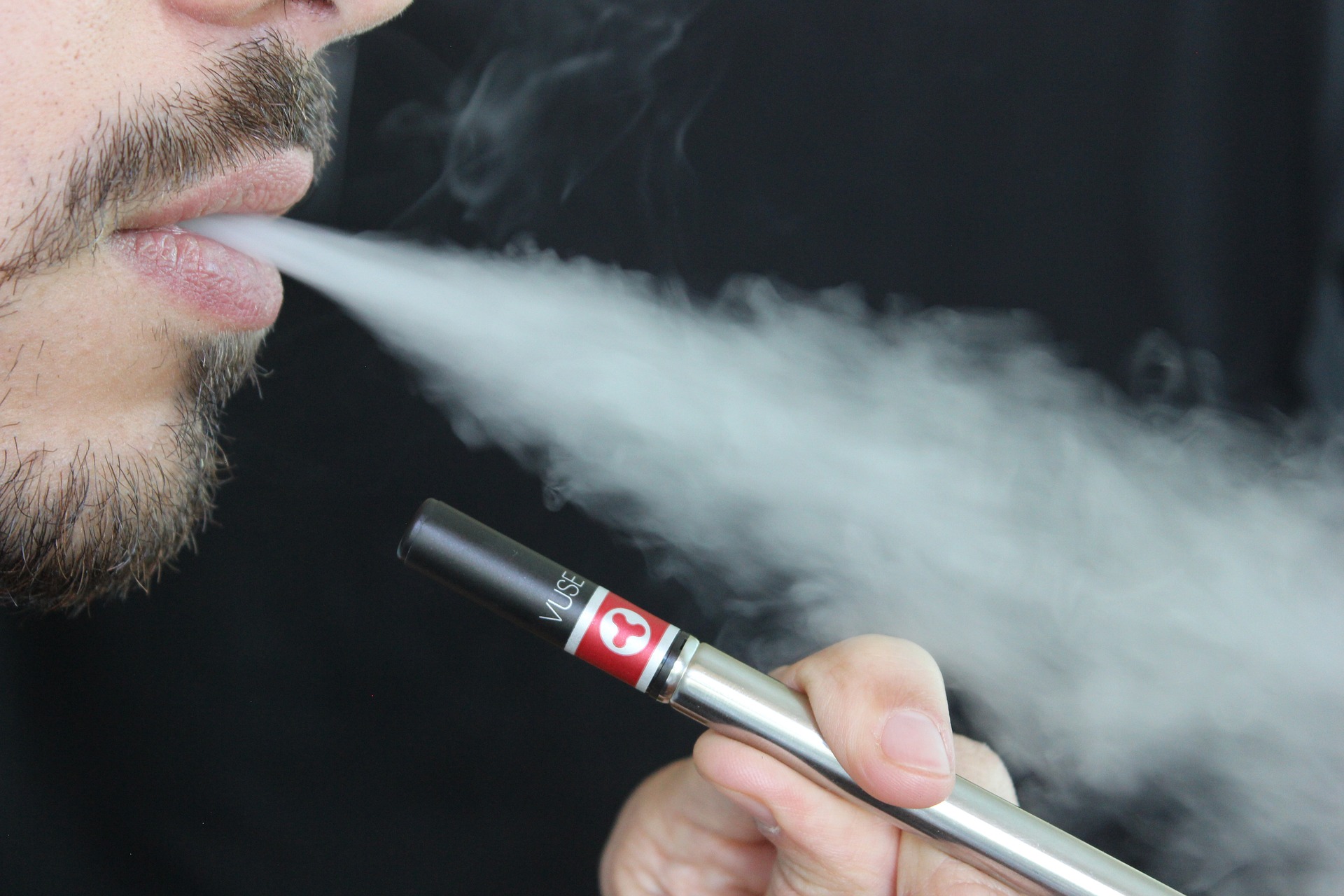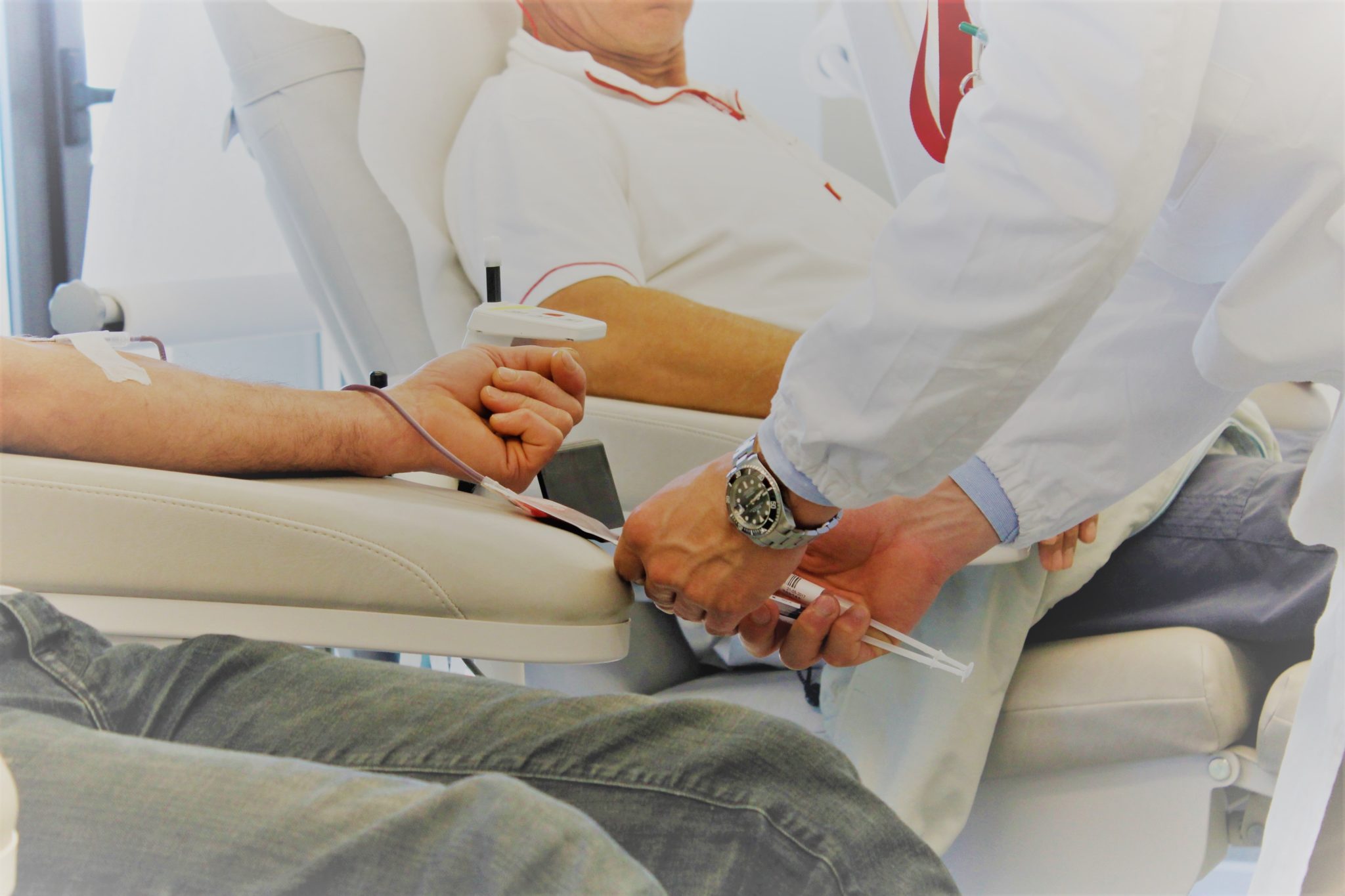Helping someone who has addiction problems can be a challenge. Unlike other health issues, people who are addicts will actively try to avoid getting help.
Read this article to find out how to help an addict.
1. Know the Signs:
In order to help someone who has addiction issues, first, you need to recognize that they have a problem. Learn the signs of addiction so you can see them in your loved ones.
For example, you might notice mood swings, abrupt changes in sleeping pattern and appetite, and changes in physical appearance. Addicts may also try to frequently borrow money.
When addiction becomes serious, the addict may no longer be able to keep up with their responsibilities. They might also stop enjoying some of the things they once liked to do.
2. How to Help an Addict? Establish Trust:
If an addict feels you aren’t someone they can trust, they might cut you out of their life. Avoid nagging, lecturing, and making personal attacks. In most cases, this sort of thing will just act as a trigger and cause the addict to indulge in their addiction even more.
Instead, be patient and try to be understanding. Recognize that deciding to go into recovery can take time.
You can’t force an addict into recovery. But if you’ve established trust, you can guide them towards it when the time is right.
3. Take Care of Yourself:
It’s important that you take care of your own well-being when trying to help an addict. Set clear boundaries and don’t let the addict overstep them. If you allow yourself to become stressed out by the situation, you’re just going to make things worse in the long run.
Also, you shouldn’t engage in any addictive behaviors yourself. You won’t have much credibility if you’re telling them to get help while you’re drinking a case of beer a day.
4. Don’t Protect Them From Consequences:
While this is difficult to do, it’s often a bad move to protect your loved one from the consequences of their actions. Facing up to the results of their negative behavior is often what an addict needs to recognize they have a problem.
If you shelter an addict from the consequences, you might just be preventing them from making a recovery.
5. Accept That It’ll Take Time:
If you want to provide good addiction support, you need to accept that it’ll take time. Don’t expect miracles.
Recovering from addiction is a long road. In some cases, an addict might relapse.
If this happens, you shouldn’t overreact. For many addicts, relapse is a natural part of recovery.
Be There for Your Loved Ones:
Now you know a bit more about how to help an addict. It’s important to remember that you can do everything right, and it still might not work out.
Do what you can for your loved one, but don’t allow it to become excessively detrimental to your own life.
Want to know more about outpatient rehab? Then check out our blog post.
Read Also:






















